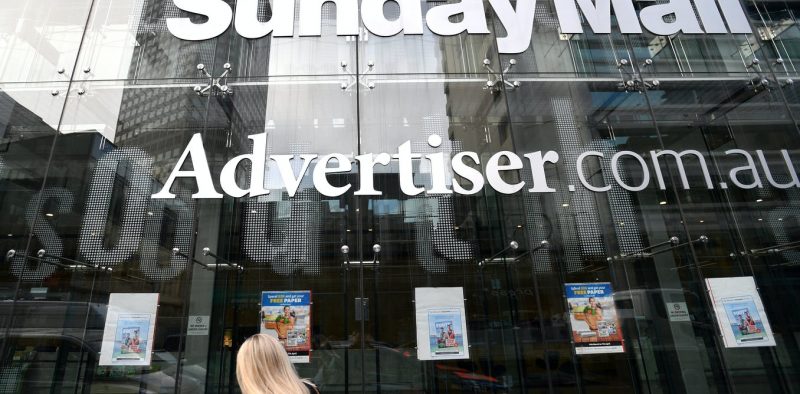Another savage blow to regional media spells disaster for the communities they serve
Regional media is more than just a masthead, it’s the heart and soul of a community. In this crossposting from The Conversation, Kristy Hess asks what will remain when regional areas are left with no publications to call their own.
With swift and savage force, the COVID-19 pandemic has inadvertently attacked Australia’s local news media ecology, which was already battling a weakened immune system.
As a researcher working on Australia’s largest academic study into the future of local newspapers, the phones have been running hot in recent weeks. We’ve had calls from everyday people, journalists made redundant, cadets surviving on JobKeeper, and independent news proprietors, all navigating their way through the crisis.



I think new publications that are lean and well managed will pop up quickly.
News too bloated at Head office level.
What were those regional news media subsidies, promoted by the LNP government in a budget few years ago, about then?
Will they be refunded or were no strings attached?
How will the federal government ensure there are regional voices, news and information on regional issues in various media, versus capital city bubbles?
Well may we mourn the passing of quality journalism. This plug was in the Sunday Mail today – headline typo and all.
OPINION (Peter Gleeson)
Regional journalism: Is you local newspaper changing?
The switch to digital-only news in many Queensland communities will ensure that locals get access to the news they want quickly.
A bushfire is a disaster. A flood is a disaster. A famine is a disaster. A newspaper closing down is a major inconvenience to some. Can we cut with the hyperbole please.
On a side note, I’d like to know how how many of the commentators actually live in the “regions” and are therefore able to comment on the “importance”. Many local papers are simply rags that have been propped up by real estate and car sales advertising.
And that is now a dead duck.
News? Precious little of any consequence and what is, is more often that not dished out propaganda to fill space.
Many are left to rot in driveways or on the road in their not-so-friendly plastic bags.
I worked on ’em and lived with ’em for nearly 20 years by the way. And every one could have been read in 5 mins cover to cover and I learnt little on an average basis.